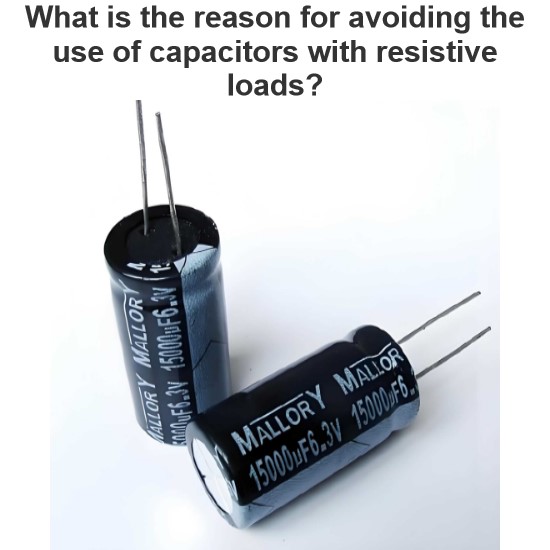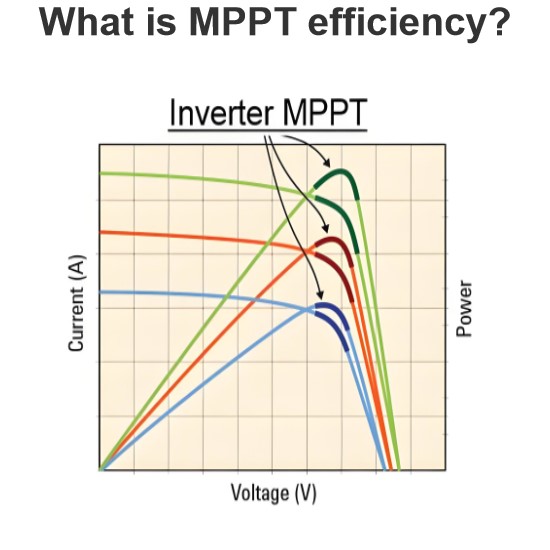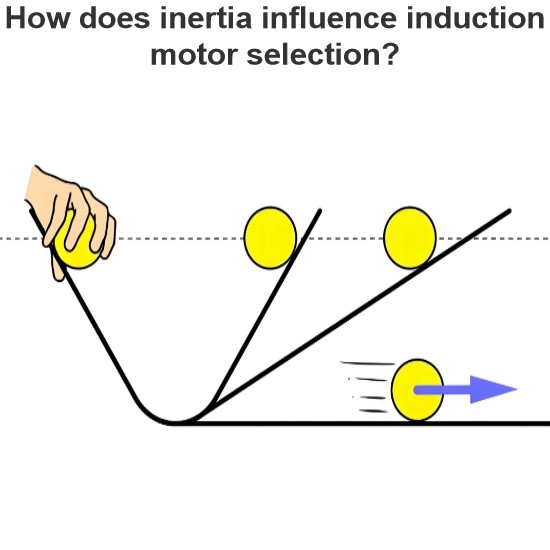What is the insulating material in the plates in the iron core of a transformer?
In the core of a transformer, to minimize eddy current losses and hysteresis losses, the core is typically constructed from multiple thin sheets of laminated silicon steel. These silicon steel sheets are separated by an insulating material. The purpose is to reduce the eddy current effect within the core to the maximum extent, thereby reducing heat losses and improving the efficiency of the transformer.
Insulating Material
The insulating material used between the silicon steel sheets in the core is typically a thin paper or film. These materials have good dielectric properties and provide electrical insulation without significantly affecting the magnetic flux. Commonly used insulating materials include:
Special Paper: Such as kraft paper or specially treated insulating paper, these papers have been processed to have good dielectric strength and mechanical strength.
Resin-Impregnated Paper: In some cases, to enhance insulation performance, the paper is impregnated with resin to improve its thermal resistance and mechanical stability.
Polyester Film (Polyethylene Terephthalate Film): Such as PET film, this is a commonly used insulating film material with good dielectric properties and mechanical strength.
Polyimide Film: Although less common, polyimide film is used due to its excellent thermal resistance and dielectric properties, making it suitable for high-temperature applications.
Mica: Though infrequently used, mica possesses outstanding dielectric properties and thermal resistance, making it suitable for high-voltage applications.
Characteristics Required
Ideal insulating materials should possess the following characteristics:
High Dielectric Strength: Able to maintain insulation properties under high voltage without breakdown.
Good Thermal Stability: Capable of remaining stable under the high temperatures generated during transformer operation.
Chemical Stability: Resistant to the effects of transformer oil and other media.
Mechanical Strength: Able to withstand mechanical stresses during assembly and operation without damage.
Application Scenarios
In small transformers, the selection and processing of insulating materials are relatively simple; however, in large transformers, due to higher power and voltage, the selection and treatment of insulating materials become critical. In large transformers, not only do the silicon steel sheets require insulation treatment, but the windings also need to be separated by insulating materials to prevent short circuits.
Summary
The insulating material between the silicon steel sheets in the core of a transformer is primarily used to reduce eddy current losses and improve the overall efficiency of the transformer. Common materials include special paper, resin-impregnated paper, polyester film, polyimide film, etc. The choice and treatment of these materials are crucial for the performance of the transformer.
The Electricity Encyclopedia is dedicated to accelerating the dissemination and application of electricity knowledge and adding impetus to the development and innovation of the electricity industry.




